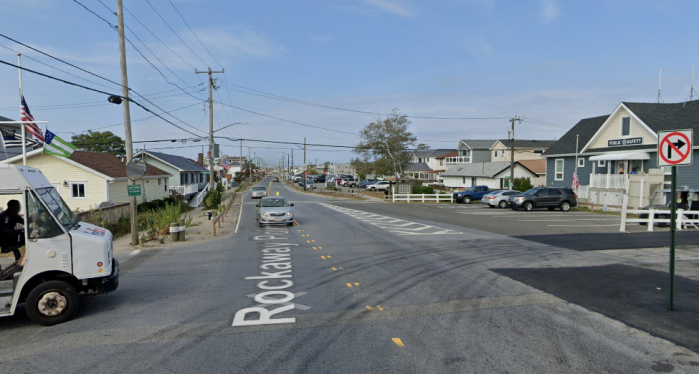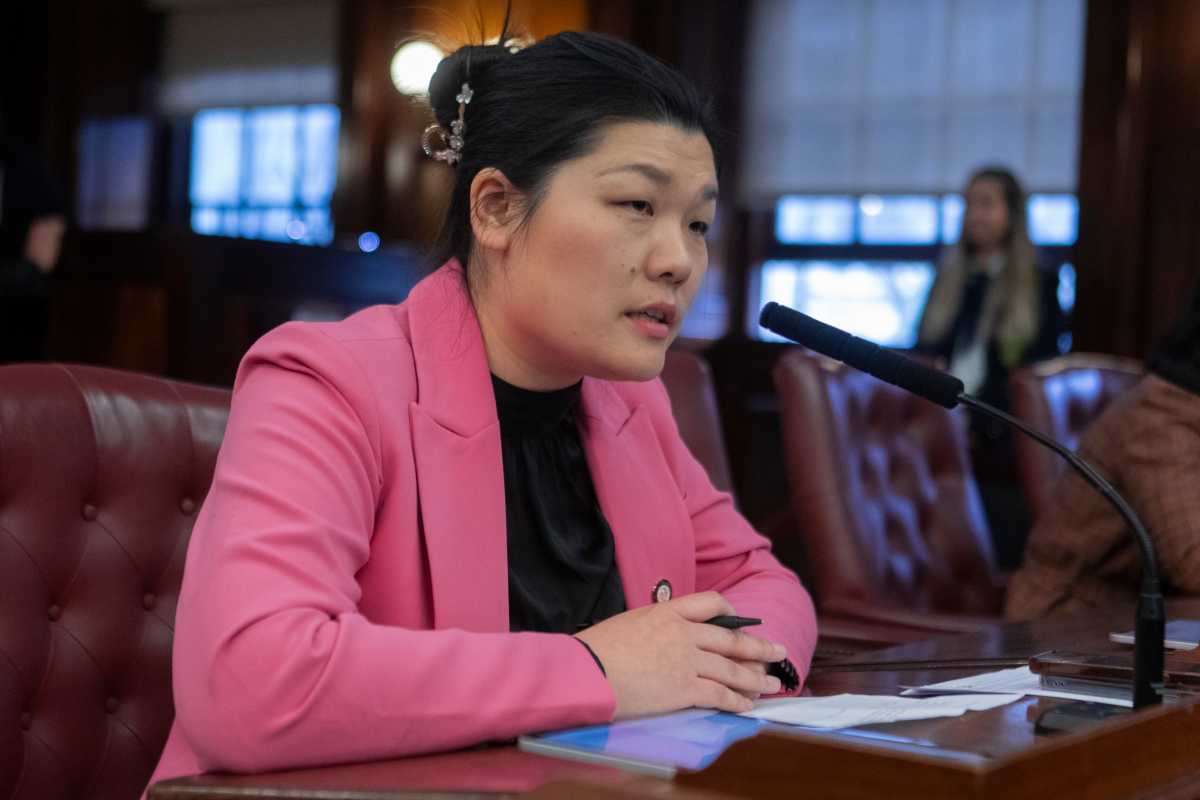A 50-year-old building in Lower Manhattan represents a new frontier for solving New York City’s housing crisis.
Thanks to an ambitious redevelopment effort, a former office building at 25 Water Street has just been transformed into over 1,300 new homes, with rents for affordable two-bedroom apartments starting at just $1,116 a month—at a time when our city has a more urgent need for affordable housing than ever before.
It’s the largest office to residential conversion in American history.
We are in the grip of the worst housing affordability crisis in our City’s history. Market rents have skyrocketed to unsustainable levels—$5,368 per month on average, with two-bedrooms often exceeding $6,500. These prices are not just statistics; they represent a future where working families, essential workers, and even our own children are increasingly shut out of the borough they call home.
Just a few years ago, 25 Water Street was a nearly empty 1960s-era office tower in the Financial District. Originally built in 1969 to house check processors and computers,it became a relic of another era—impractical for modern office use and ill-suited for our post-pandemic economy.
Now, we trade space for computers for space for people.
With the power of smart policy and bold thinking that made the 25 Water Street conversion possible, we can reimagine what our city’s building stock can be.
Office-to-residential conversions are not a silver bullet—but they are one of the most exciting tools we have today to address our housing emergency. With office vacancies still high, especially in areas like Midtown South and the Financial District, we have an unprecedented opportunity to reshape underused commercial corridors into vibrant, mixed-use neighborhoods.
The good news is that the momentum is real. Following the recent passage of the “City of Yes” zoning reforms, and a new state-level tax incentive that encourages affordable housing in conversions, dozens of building owners are now exploring this path. In the Flatiron District alone, three major buildings are being repurposed to create hundreds of new homes. In just a few years, the conversion of the former Pfizer headquarters in Midtown East will bring with it 1,600 new homes, an even larger undertaking than 25 Water Street.
And more is on the horizon.
The proposed Midtown South rezoning, which I called for in my “Housing Manhattanites” plan, would unlock the potential for new housing across 42 blocks and dozens of underutilized commercial buildings ripe for conversion. This single change could lead to the creation of more than 9,000 new homes from a mix of conversions and new construction—including 2,800 permanently affordable units. That’s not just housing—that’s a new generation of Manhattanites who can afford to stay, work, and raise families here.
These conversions are also often faster and more sustainable than ground-up construction. In a city where time, space, and money are always in short supply, that matters.
We’re at a turning point. If we want a Manhattan that remains diverse, dynamic, and livable—not just for the wealthy, but for teachers, artists, immigrants, students, and seniors—we must act boldly.
25 Water Street is more than a building. It’s a blueprint.
Let’s follow it.

























